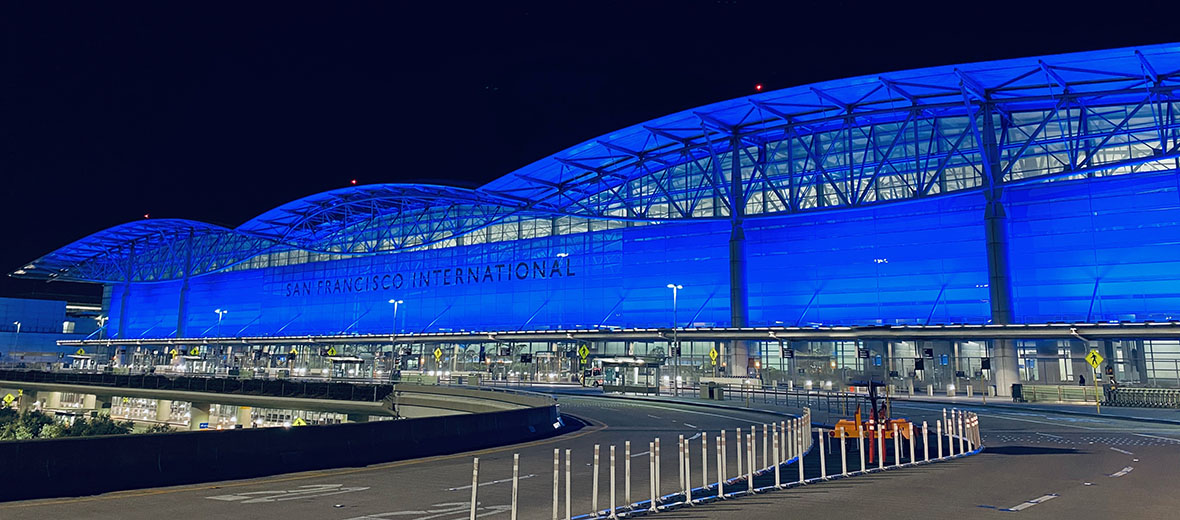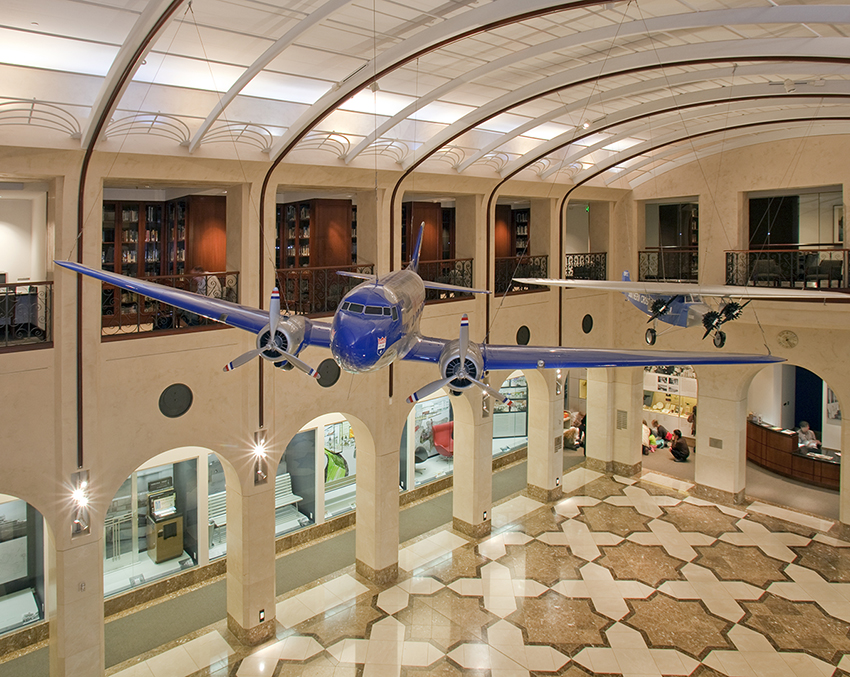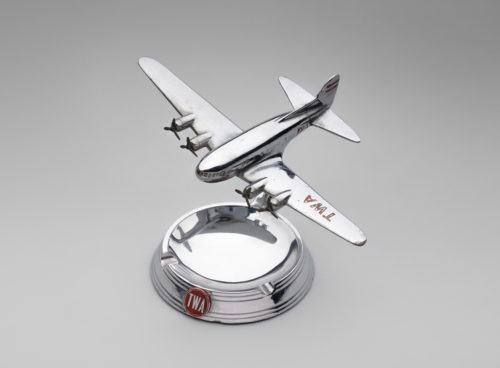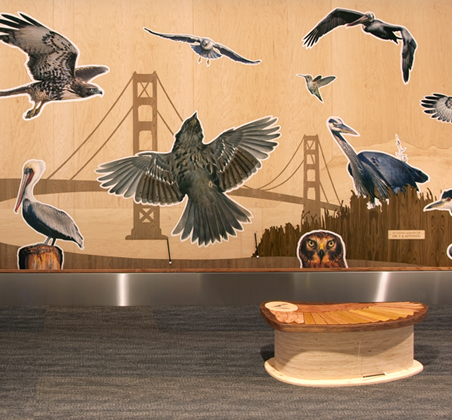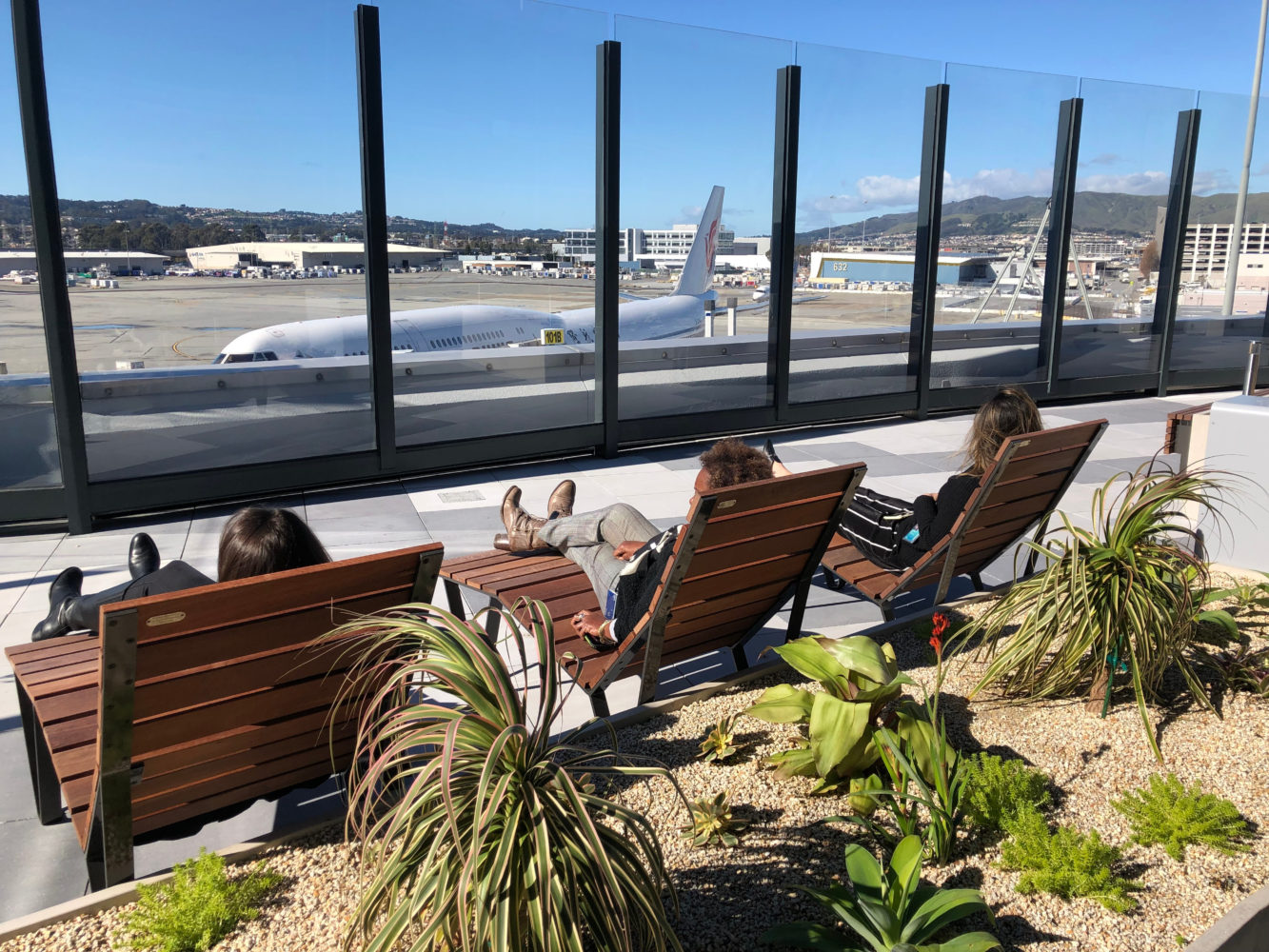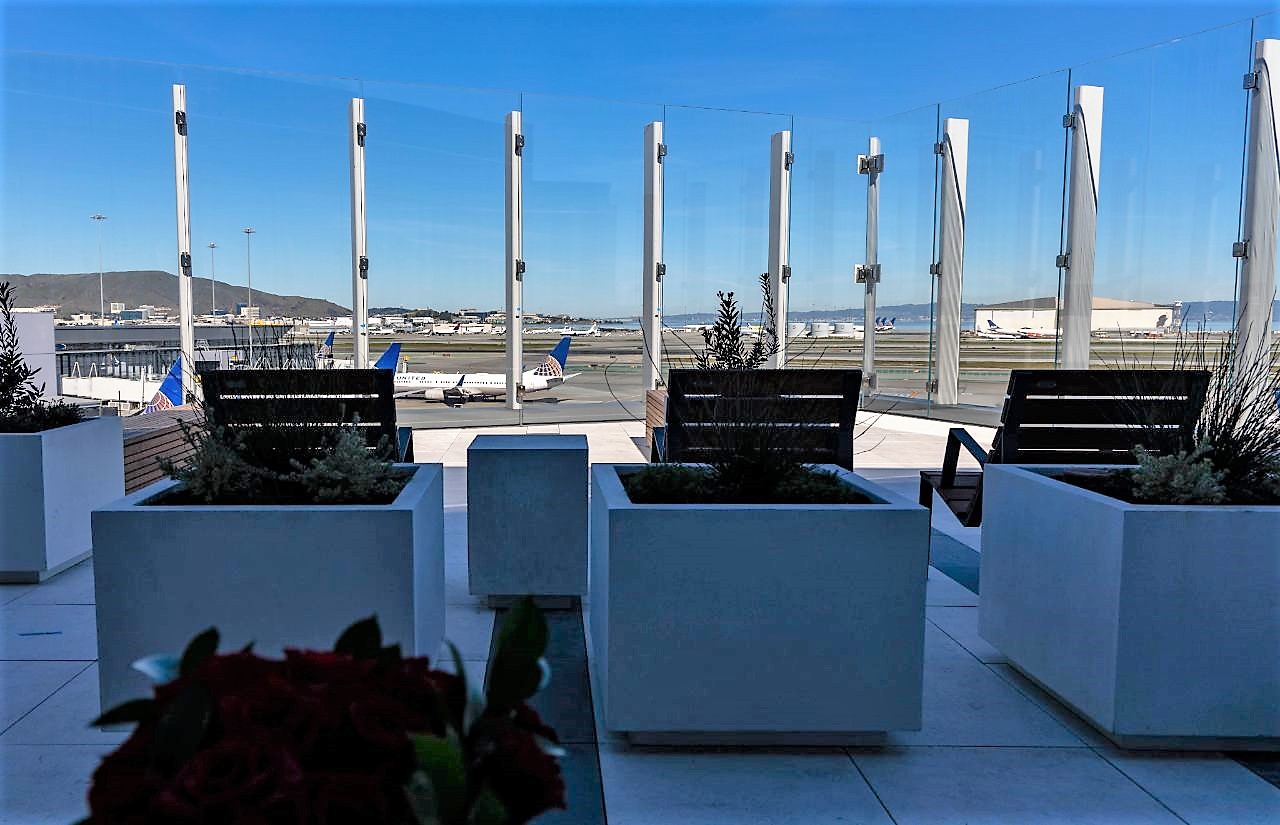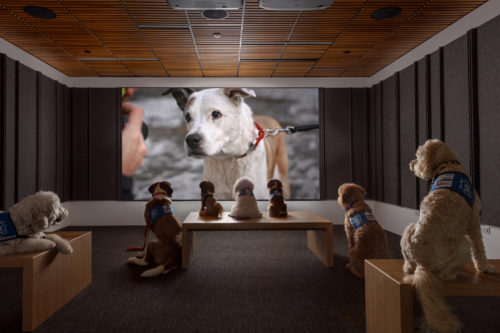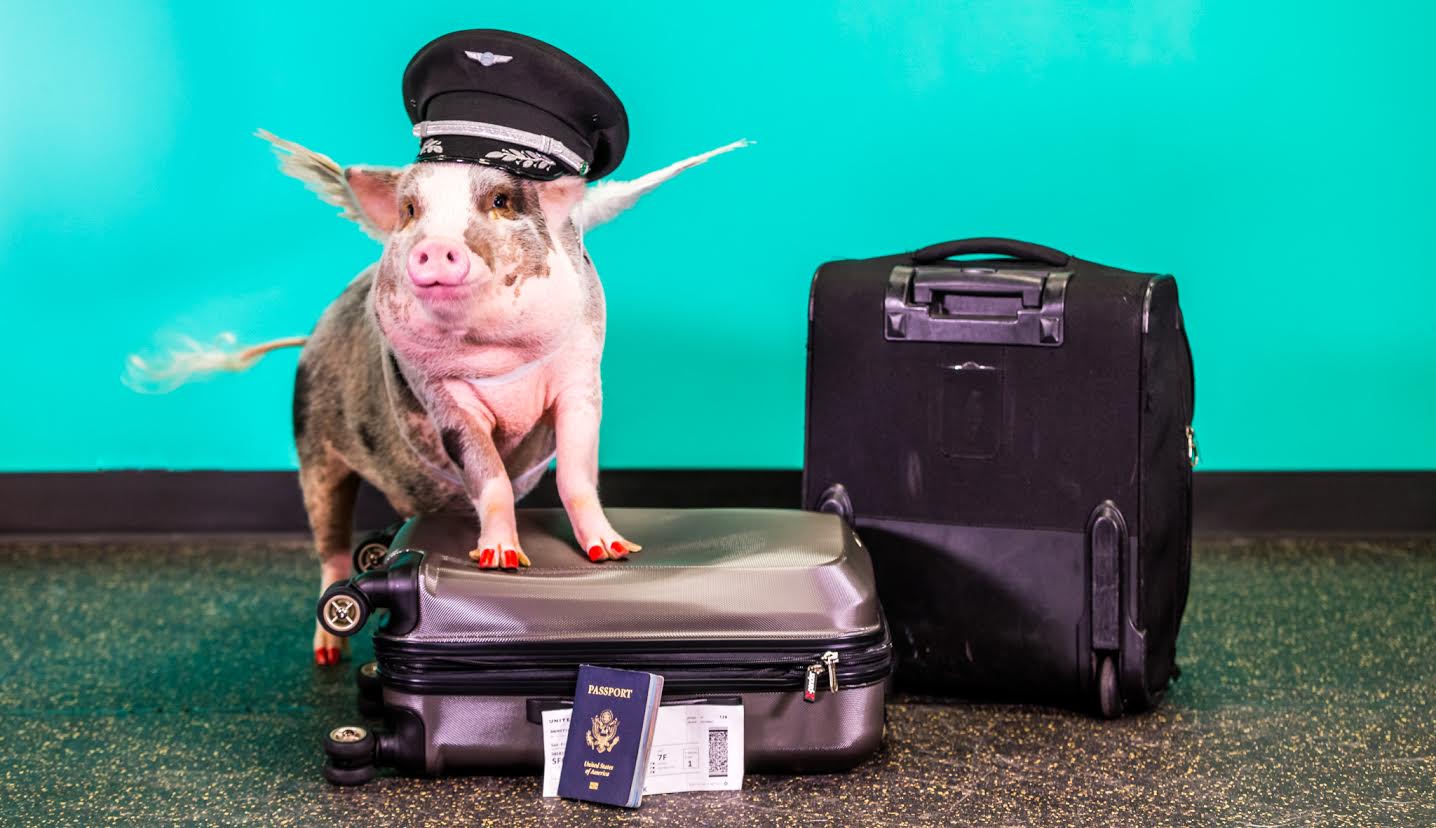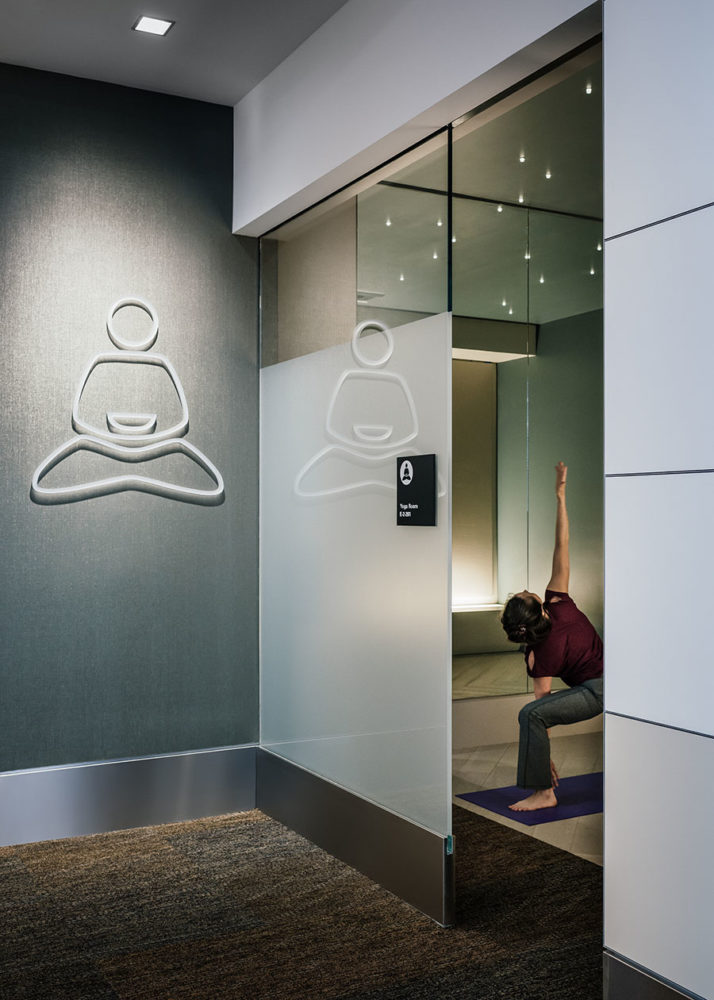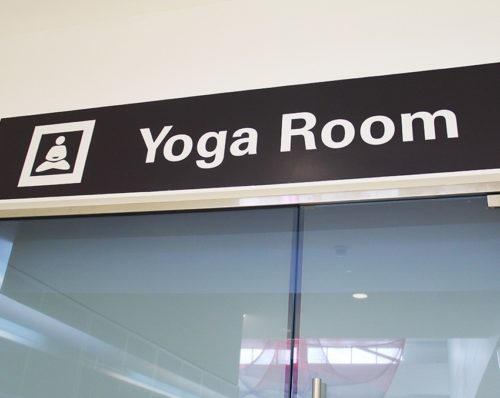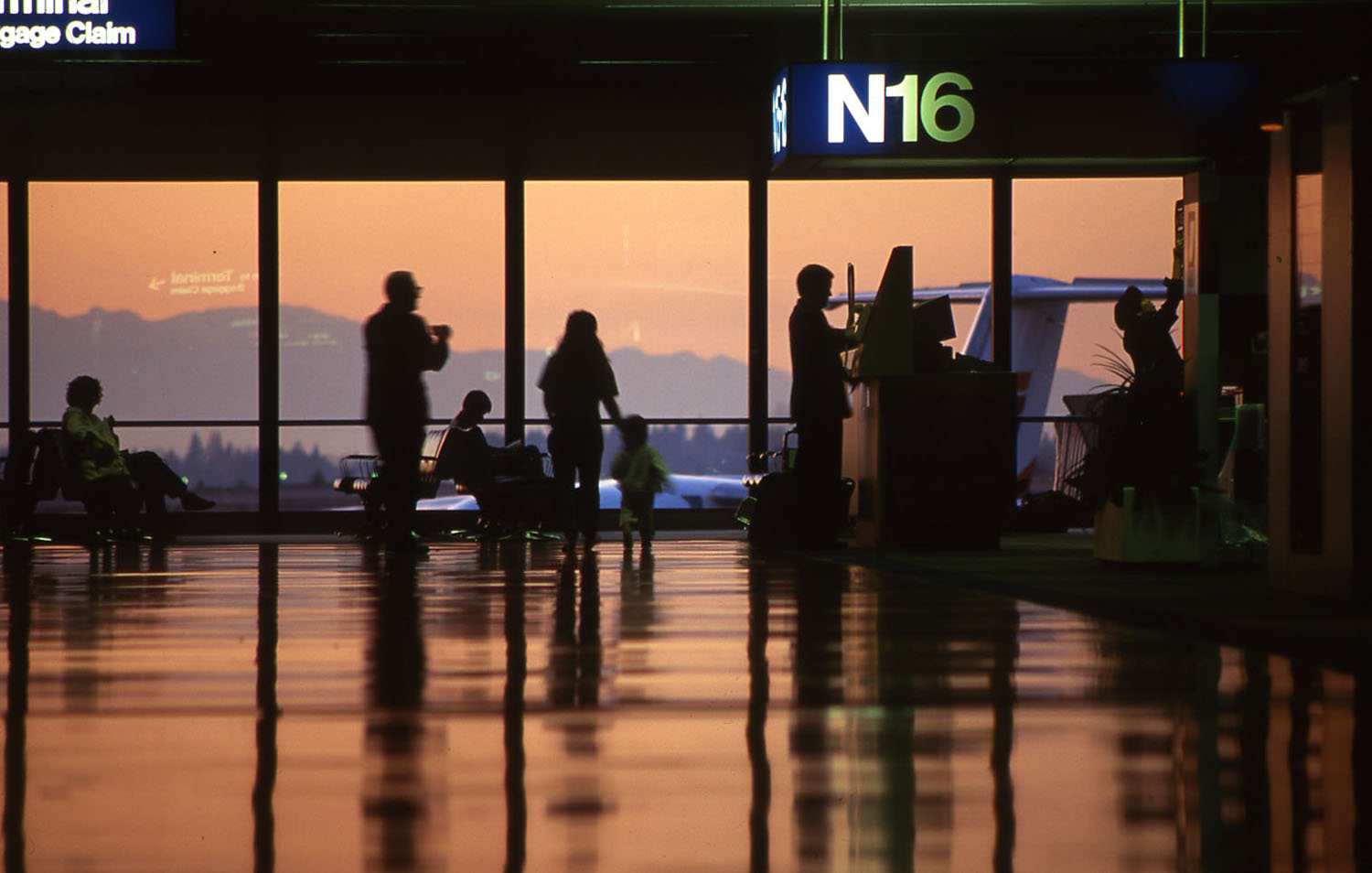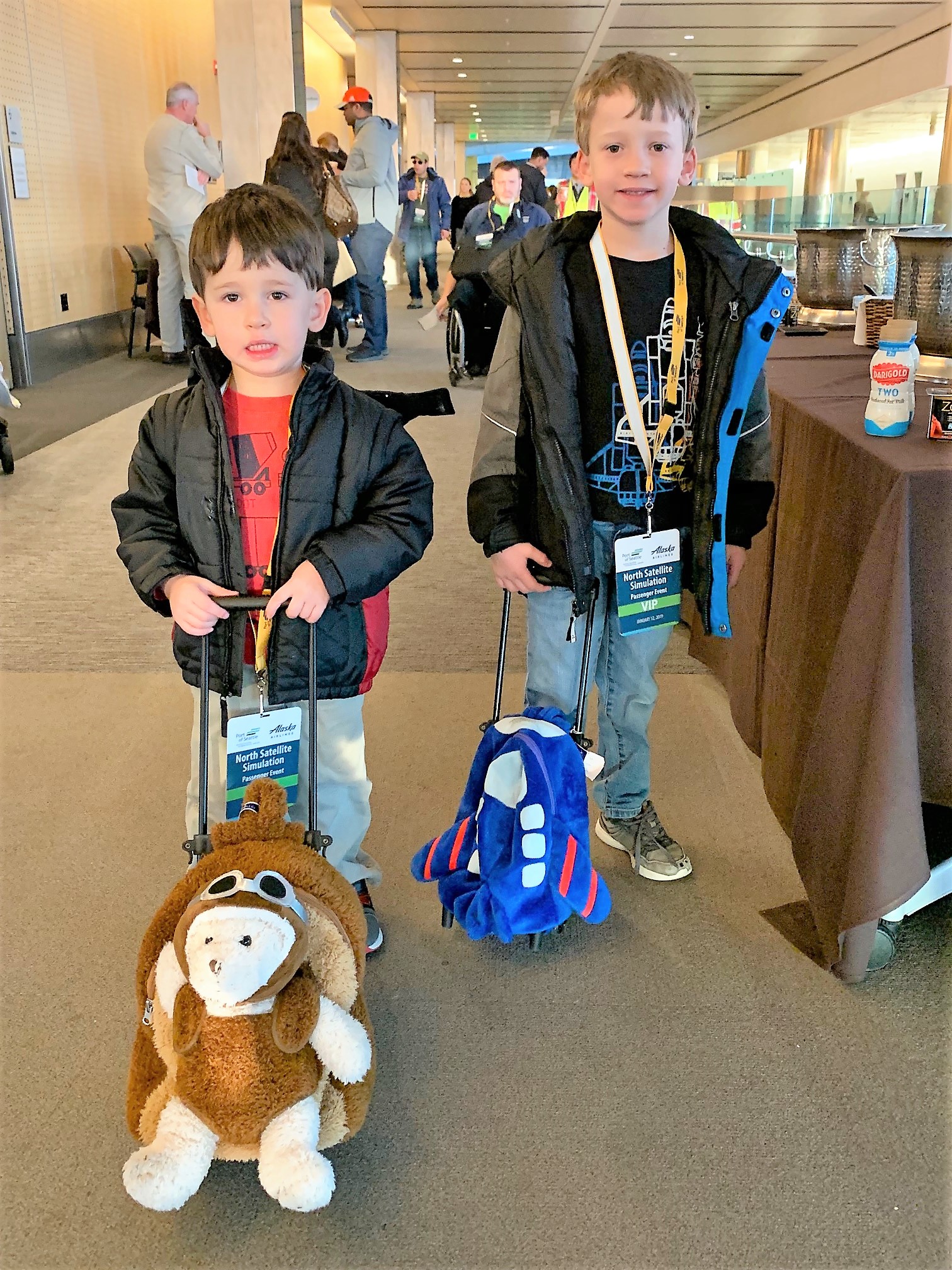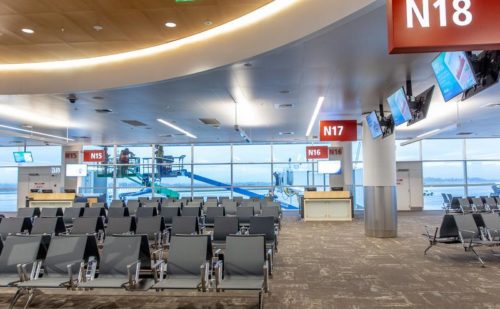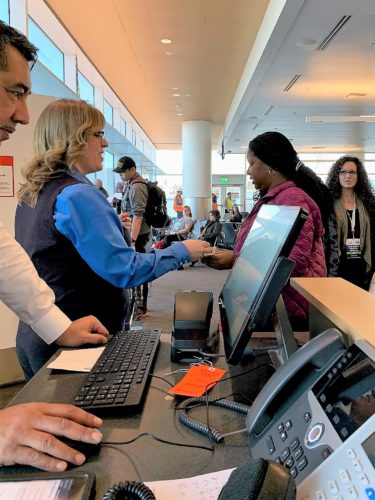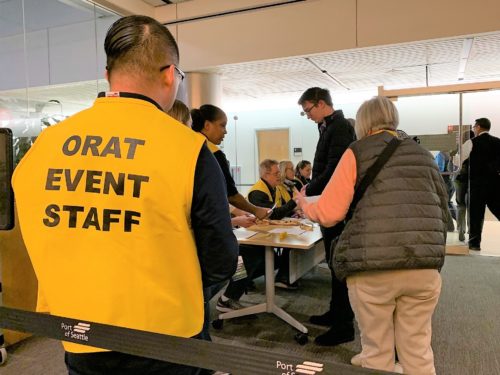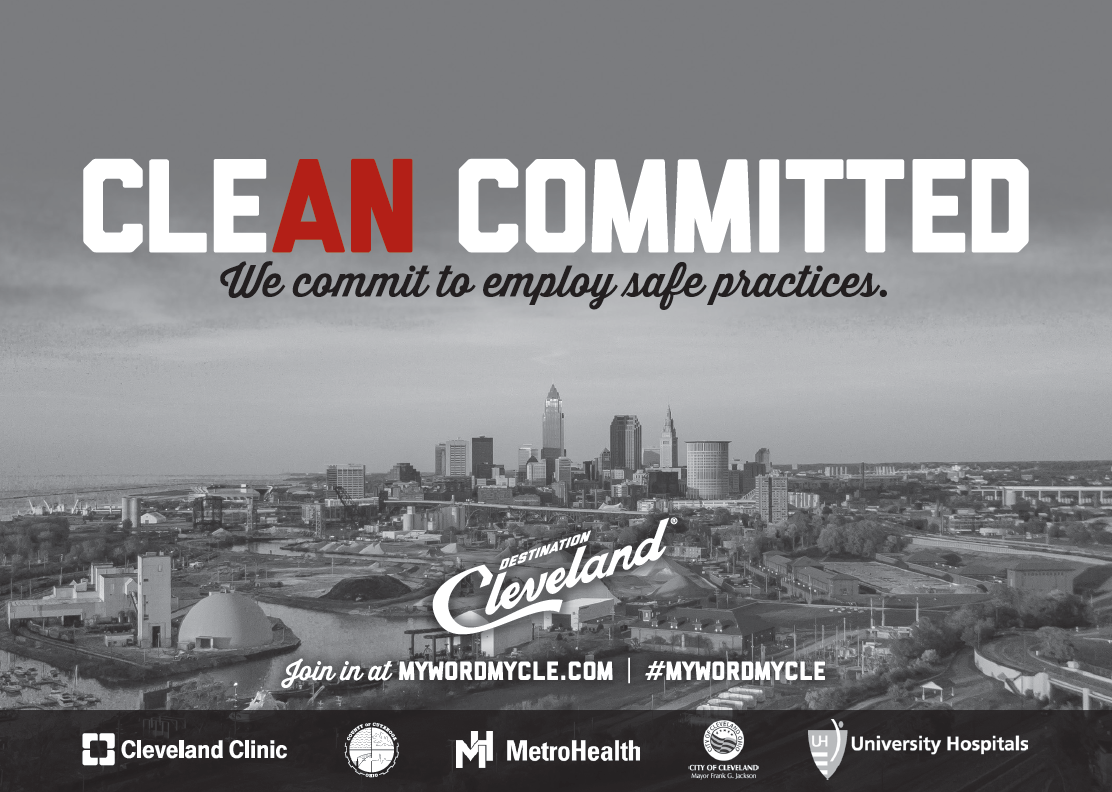
(This is an ever so slightly different version of my story that posted on NBC News).
Would a “clean city” pledge get you to plan a trip?
We’re into what by all rights should be a busy summer travel season. But many states are hitting the breaks on reopening plans due to record spikes in COVID-19 cases.
Yet in many parts of the country, beaches and bars are filling up, hotel occupancy rates are rising and attractions such as zoos, aquariums and museums are welcoming back visitors.
Disney World Resort’s phased opening plans in Florida are on track, even though Disneyland’s plans in California are delayed.
The push to reopen is being fueled in part by businesses starving for customers and cash flow. But also by a cooped up public cautiously optimistic about making travel plans and hoping for a slowdown in the spread of COVID-19.
Communities that for months have been asking guests to stay away are now scrambling for ways to get business and leisure travelers to come back.
Campaigns to get tourists back
Now, branded campaigns declaring a destination clean, safe, and sanitized are trending.
“Tourism has taken a serious blow and destinations are doing whatever they can to restore consumer confidence,” says Misty Belles, a managing director with the Virtuoso travel agency network. “We know that concerns over contracting the virus are one of the key barriers to getting people comfortable with traveling again, so cities across the country are touting their enhanced cleaning protocols to quell those fears,” she adds.
In Ohio, window decals and website badges in Columbus are a sign that businesses have signed the “Live Forward” pledge to make the health and safety of patrons a priority.
“To meet this obligation, we’ve established additional protection measures and trained our team in enhanced best practices for safety and sanitation,” says David Miller, President and CEO of Cameron Mitchell Restaurants.
Cleveland’s Clean Committed campaign provides participating businesses with safety kits, guidelines, and materials to help make sure the city is ready for the return of visitors.
In Rochester, Minnesota (home of the Mayo Clinic), businesses in the Rochester Ready program are also implementing protocols in physical distancing, masking, cleaning, sanitizing and building ventilation.
Nashville’s Good to Go program is one of many with searchable databases of businesses that have vowed to adhere to coronavirus guidelines.

States are getting into the act as well. For example, Indiana has a Hoosier Hospitality Promise and the Count on Me NC public health initiative program stretches across North Carolina.
The list of vacation spots with clean campaigns is long and getting longer.
It is not only because cities are taking the health concerns of citizens and visitors seriously. Lodging industry consultant Bjorn Hanson says it also because “no destination manager or government entity wants to be viewed as doing less than others to attract and protect travelers.”
Will travelers trust a city’s seal of cleanliness?
Megan Tenney, whose family of six has been traveling full time since September 2018, now monitors COVID requirements and the health news in places the family is considering visiting.
“We’re focusing on places that seem to be doing better or were less affected to begin with,” said Tenney, “And I think a ‘clean campaign’ would give us the confidence to travel to a location.”
But while Brian DeRoy of Charleston, South Carolina feels that “whoever can market best in the game of being clean is going to have an advantage,” Seattle-based frequent traveler Rob Grabarek would not feel reassured by a city’s program alone.
“I’d have to examine the extent of a local government’s policies to see if I felt there were sufficient,” said Grabarek, “And while I applaud the idea of identifying businesses that are in compliance, I wouldn’t feel safe unless the entire community were adhering to the same stringent practices.”
Given that there is no single organization or government entity to oversee and assure that all these cleaning campaigns are effective, the emphasis on cleanliness as a destination marketing tool may not last long.
“Our travel advisors tell us there are really two traveler mindsets right now,” said Virtuoso’s Belles, “Those who want to pull back the curtain and know how everything they potentially come in contact with is being sterilized and those who just want to trust that it’s happening. Too much focus on cleanliness may actually backfire on those looking for the escapism in their vacation.”
What do you think? Would a city’s pledge of cleanliness be reassuring enough to get you to plan a trip?
